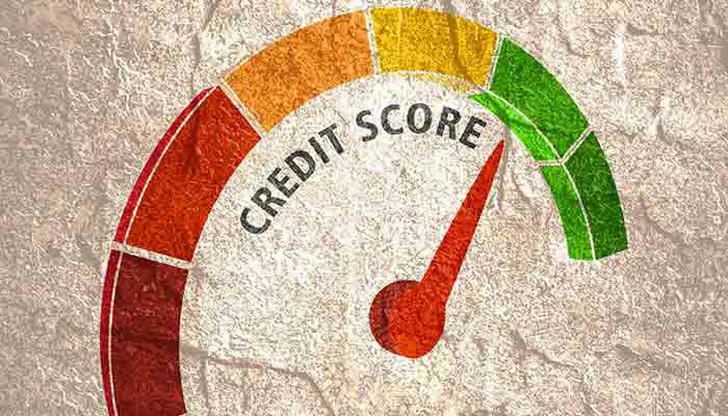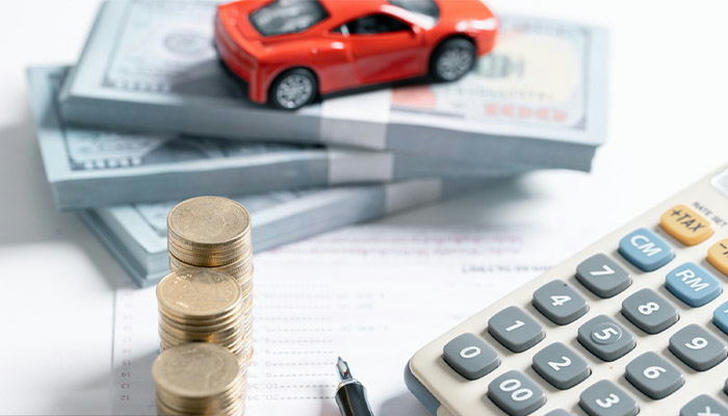Auto Loans in 2025: 7 Smart Strategies to Get the Best Deal Despite High Interest Rates

As of 2025, buying a car isn’t just about choosing the right make and model—it’s about navigating a financial landscape shaped by high interest rates, inflation, and tighter lending standards. Auto loans have become more expensive, and buyers must be more strategic than ever to avoid overpaying. Whether you're a first-time buyer or considering refinancing, this guide will help you make smarter financing decisions this year.
Why Are Auto Loan Rates So High in 2025?

Auto loan interest rates have surged due to ongoing efforts by the Federal Reserve to combat inflation. As base rates rise, so do borrowing costs. In early 2025, the average interest rate for new car loans hovers around 7–8%, while used car loans often exceed 10%. This shift has left many car buyers questioning whether now is the right time to finance a vehicle.
But for many Americans, especially those who rely on their car for commuting, waiting isn’t an option. The key is not avoiding a loan, but understanding how to manage one wisely.
1. Know Your Credit Score—and Improve It if You Can

Your credit score has a huge impact on the interest rate you're offered. A score above 700 can secure much better terms than a score in the 600s. Before applying for a loan, pull your credit report from all three major bureaus (Equifax, Experian, TransUnion) and dispute any errors.
If your score is low:
Pay down credit card balances.
Avoid new hard credit inquiries.
Make all payments on time for at least 3–6 months.
Even a 20-point boost in your score could save you thousands over the life of your loan.
2. Shop Around for Rates—Don't Just Take the Dealer's Offer

Many car buyers accept the first financing deal offered at the dealership, but that’s rarely the best option. In 2025, with rates high across the board, comparing lenders is essential.
Check rates from:
Credit unions (often lower than banks)
Online lenders
Your personal bank
Auto loan marketplaces (which compare multiple lenders)
Pre-qualifying with soft credit checks can help you see estimated rates without affecting your credit.
3. Consider Shorter Loan Terms

Long-term auto loans—72 or even 84 months—may look appealing with lower monthly payments, but they cost more in the long run due to accumulated interest. In 2025, when rates are high, the total interest paid on a 6- or 7-year loan can be significant.
If your budget allows, opt for a 36–48 month loan. You’ll pay more monthly, but you’ll pay off your car faster and save money overall.
4. Put More Money Down

Putting more money down upfront reduces the total loan amount—and that means less interest paid. Experts recommend a down payment of at least 20%, especially with used cars that depreciate faster.
A larger down payment can:
Lower your monthly payment
Reduce your interest paid over time
Make you more attractive to lenders
In today’s economy, that upfront cash can be your best weapon against long-term debt.
5. Consider Buying Used Instead of New

New car prices remain high due to supply chain issues and increasing tech features. In contrast, used car prices have stabilized, and buying used can help reduce the amount you need to borrow.
Look for:
Certified Pre-Owned (CPO) vehicles with warranty coverage
Models known for reliability and low maintenance costs
Vehicles less than 5 years old to avoid rapid depreciation
Pairing a used car with a smaller loan makes the monthly cost more manageable—especially when interest rates are high.
6. Watch Out for Add-Ons and Hidden Fees

Dealerships may try to bundle “extras” into your loan, such as extended warranties, gap insurance, or paint protection. In 2025, these add-ons are often marked up and can significantly inflate your loan.
Pro tip: Negotiate these separately and always ask for the “out-the-door” price, which includes taxes, fees, and extras. Don’t let a $25/month add-on turn into $1,500 in interest-bearing debt.
7. Consider Loan Preapproval Before You Shop

Getting preapproved not only sets your budget—it gives you negotiating power at the dealership. You’ll know what interest rate you qualify for and can use that as leverage. If the dealer offers a higher rate, you can walk away or challenge it with your preapproval in hand.
You Can Still Make a Smart Car Purchase in 2025

Yes, interest rates are high. But with the right preparation—checking your credit, comparing lenders, choosing a shorter term, and avoiding add-ons—you can still finance a car without wrecking your budget.
The key is to focus not just on the monthly payment, but on the total cost of the loan. Stay informed, stay patient, and negotiate smart. In a high-rate economy, financial literacy is your best tool.
